Form Analytics That Turn Drop-Offs Into Conversions
Form analysis made simple
See how users interact with every field in your forms. From hesitation time to blank submissions, our form analytics tools reveal what’s confusing – and what’s converting.
Catch abandonment in the act
With built-in form drop tracking, you’ll instantly spot which forms (and which fields!) are driving people away. No more blind guessing, just real data.
Boost ROI with form conversion optimization
Improve user experience, reduce drop-offs, and get more leads or sales – all thanks to data-backed fixes. Your forms are about to become your top performers.
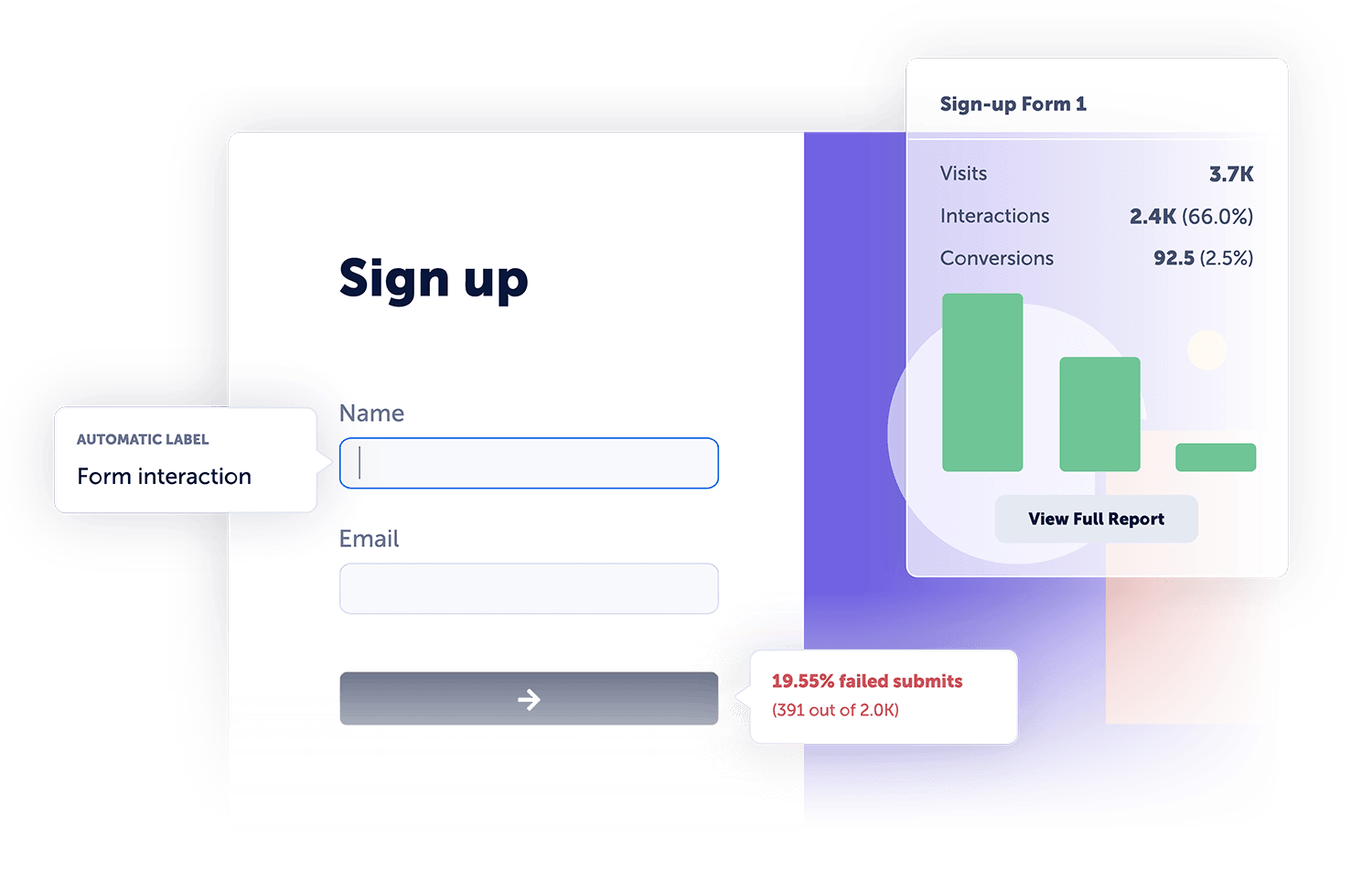
Better Forms = Better Business
Mouseflow’s form analytics software gives you visual insights into how users fill, skip, or fumble through forms. Whether it’s a lead gen form, checkout step, or signup flow, you’ll see what’s working and what’s not – down to the individual field.
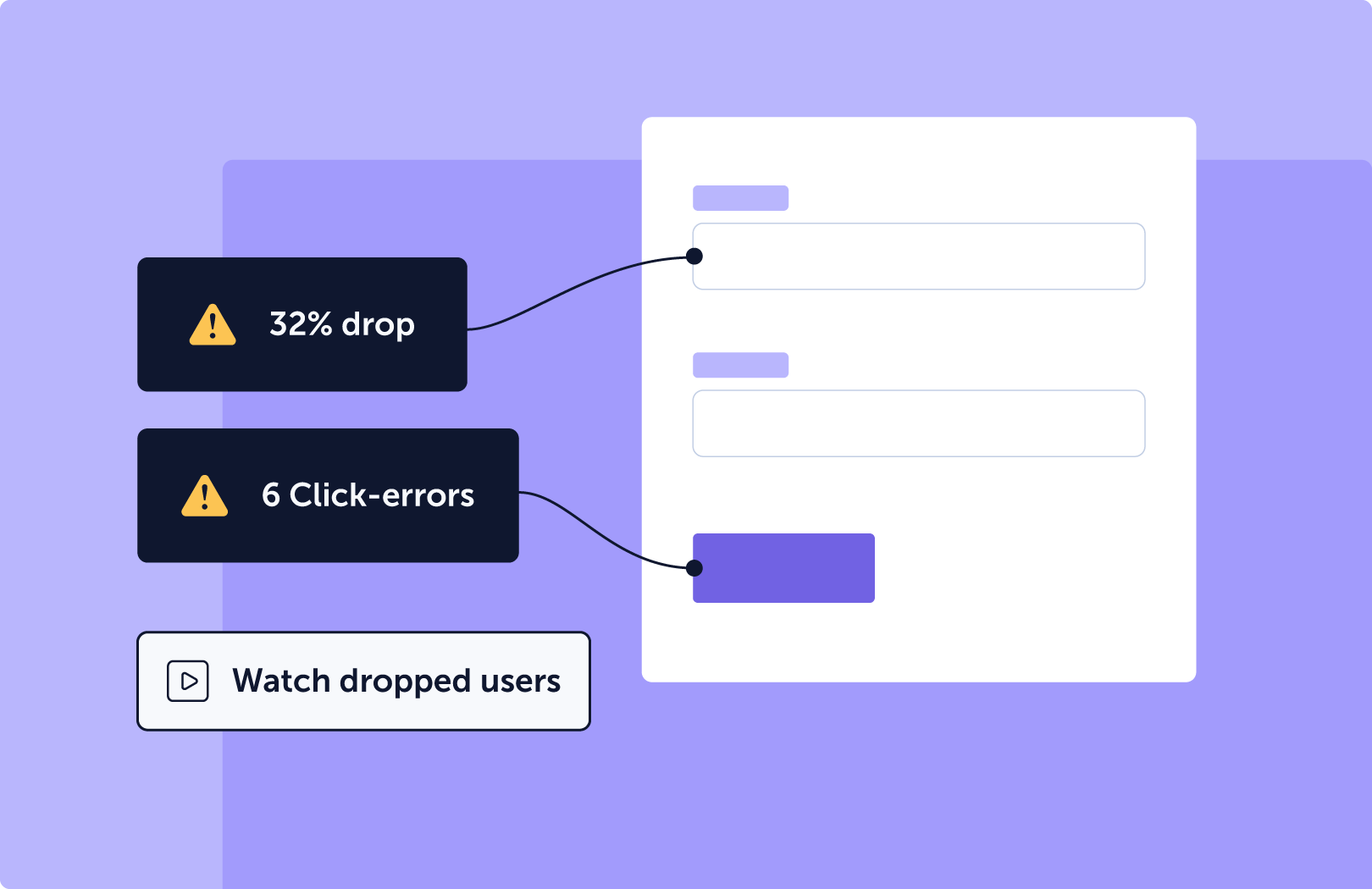
Watch What Happened Before They Gave Up
Form data tells you where users drop off – but with Session Replay, you can see why. Instantly jump from any abandoned form to a full user session recording. Watch exactly how visitors interacted, where they hesitated, what confused them, and what led them to quit.
It’s the perfect combo: form analytics highlights the friction, and session replay shows you the full story behind it.
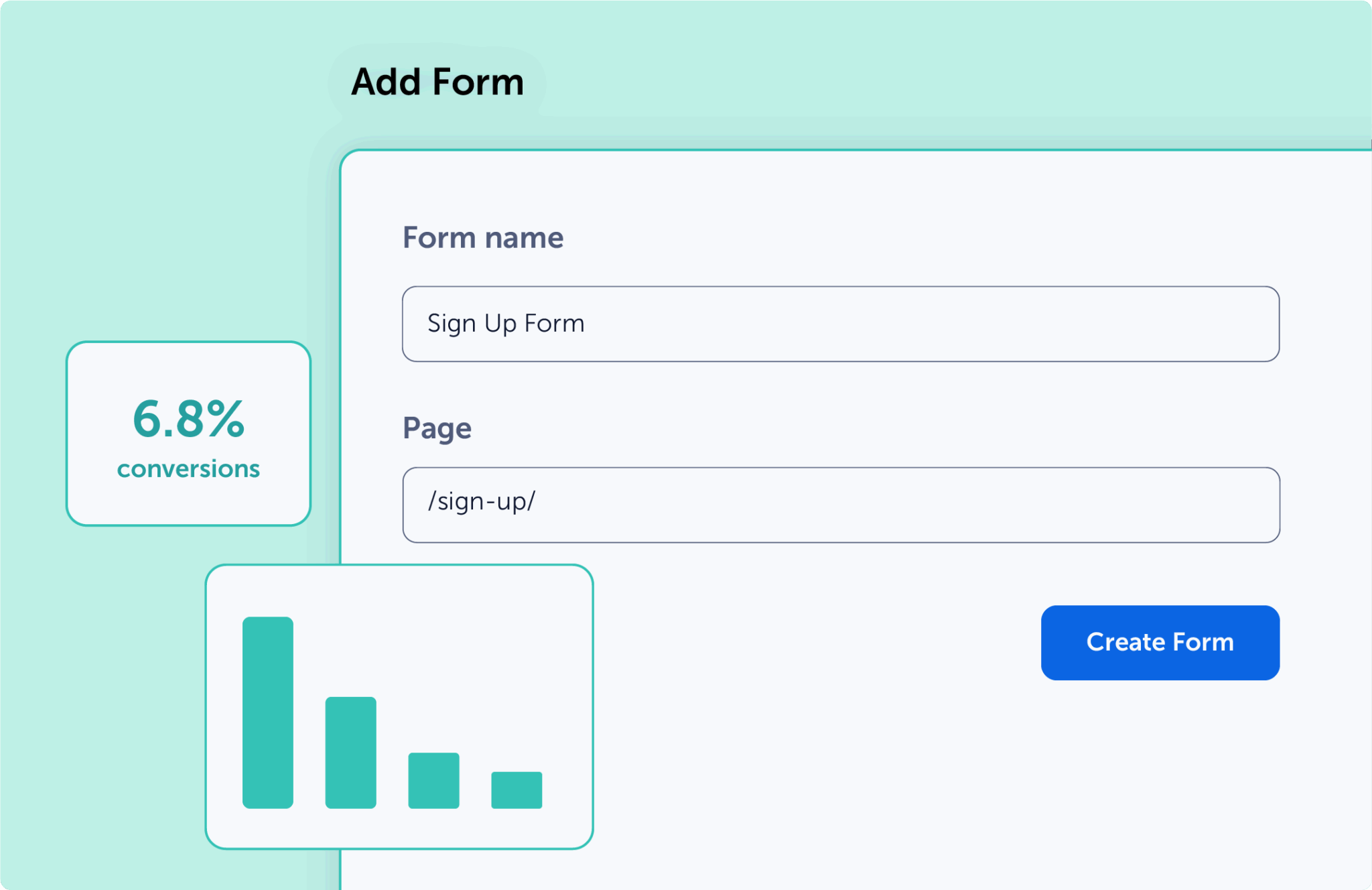
Up and Running in Minutes
No dev help required. Install Mouseflow’s snippet, and your form data starts flowing immediately. Whether it’s a native form, third-party embed, or custom layout, we’ve got you covered. You’ll be optimizing by lunchtime.
How Mouseflow Helped Bosch-Siemens Perfect Their Website Navigation

How Teams Use Our Form Analytics Tool
For Marketing Teams
Track form performance across landing pages and campaigns to optimize conversion funnels.
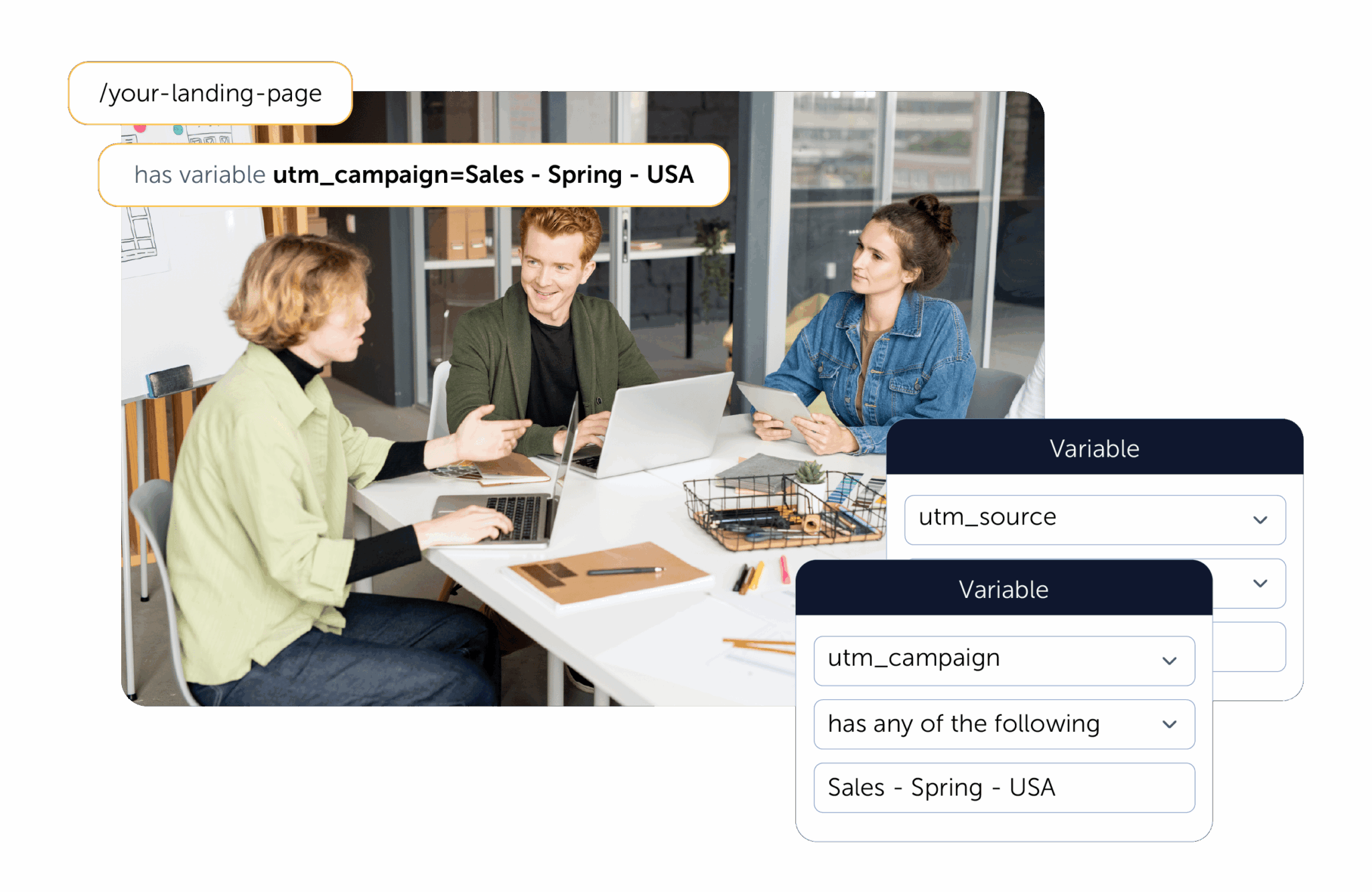
For eCommerce Teams
Improve checkout forms and reduce cart abandonment with actionable field-level data.
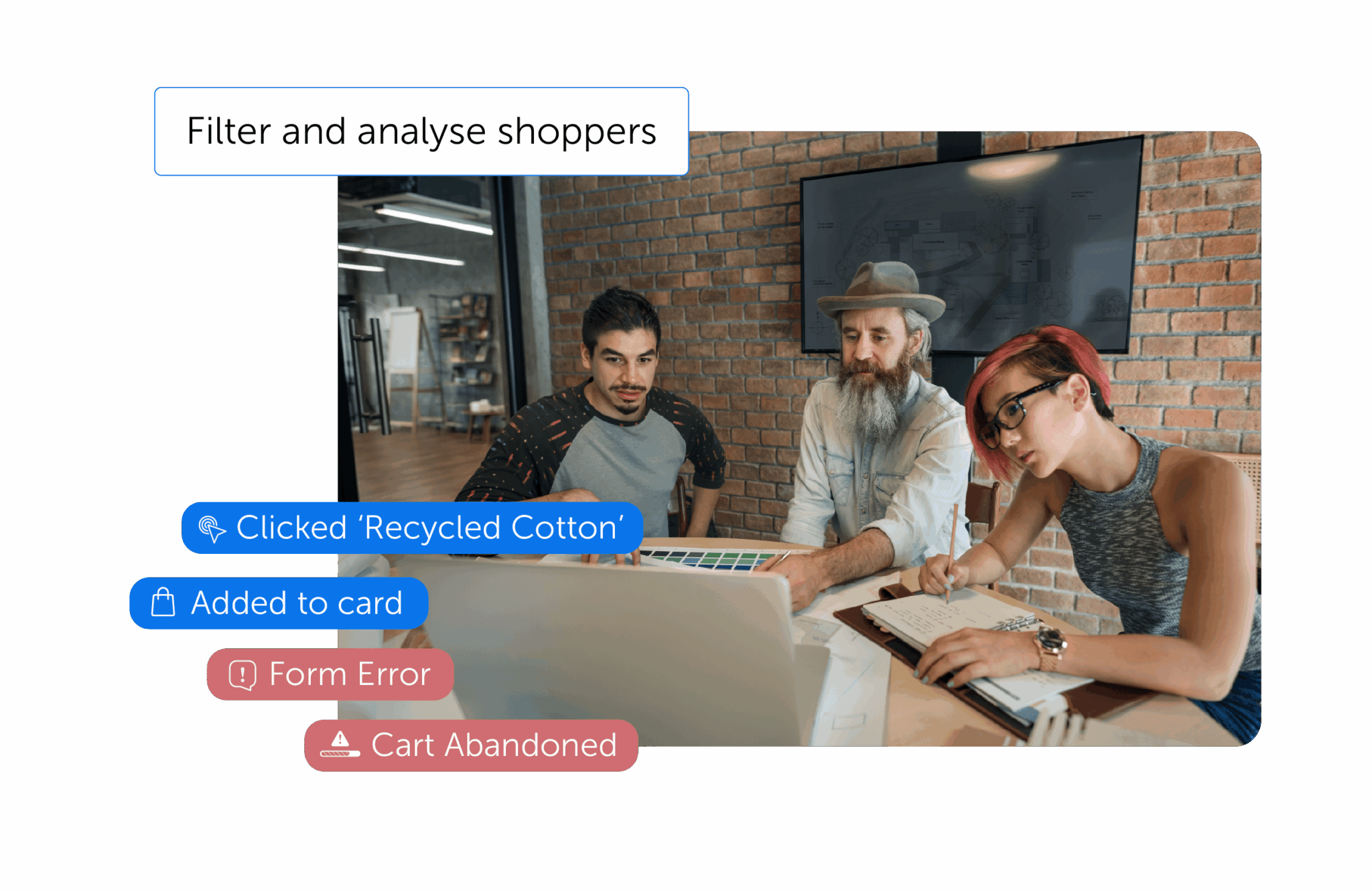
For UX & Design Teams
Design forms based on real usage insights – no more guesswork, just great usability.

For Product Teams
Understand form performance inside your app, from onboarding flows to feature signups.
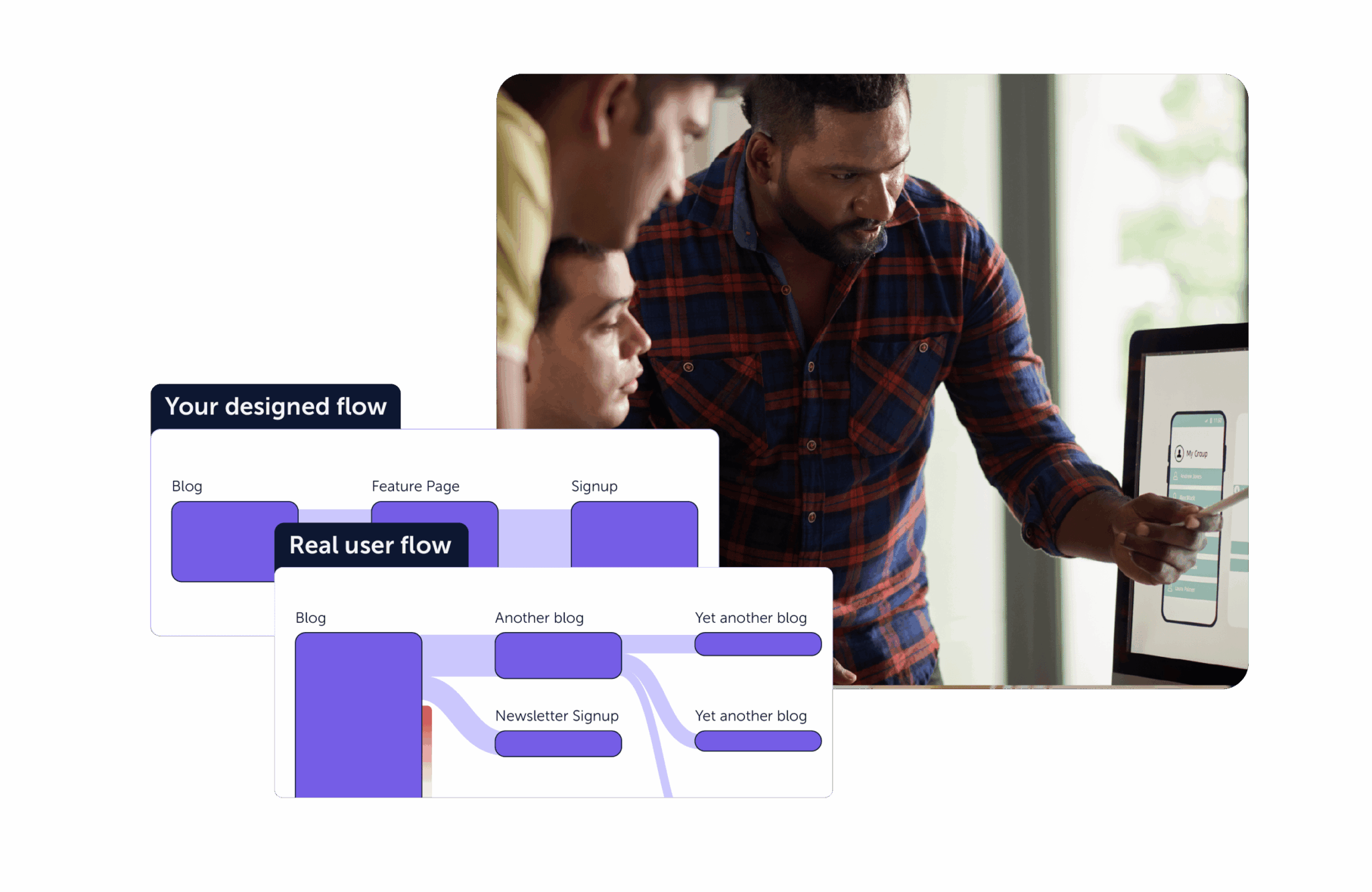
For CRO Teams
Pinpoint where users drop off and test changes to boost form completion rates.
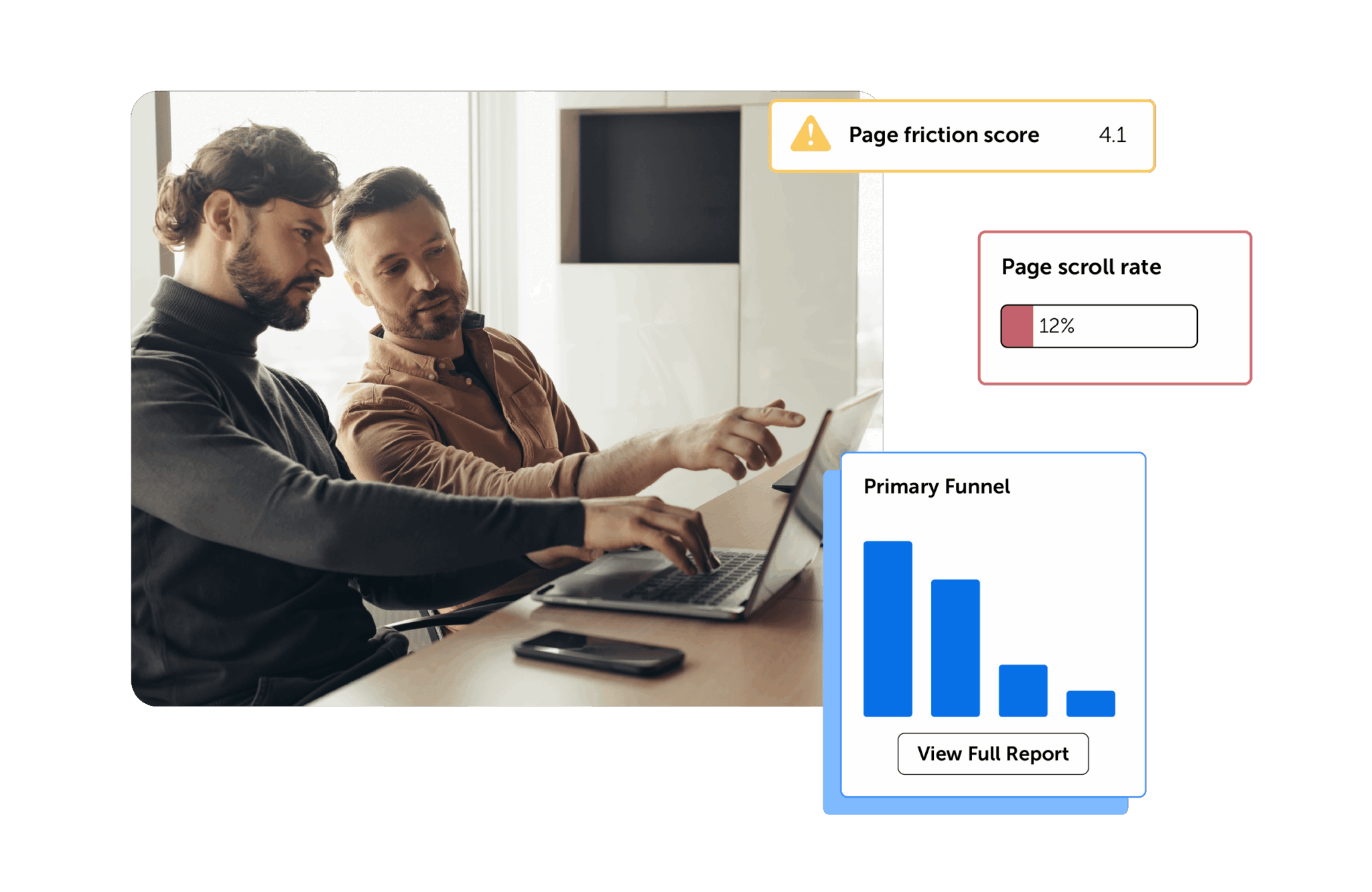
Form analysis & optimization FAQ
Form analytics tools help you understand how users interact with your forms. Mouseflow shows you which fields take too long to complete, which ones get skipped, and where users abandon the form altogether. This insight is essential for improving form conversion optimization and delivering a smoother user experience.
Paired with Journey Analytics, Heatmaps, Friction Detection, and much more, this gives you the full picture of where to put your effort – and your budget.
Our form abandonment tracking captures when a user starts filling out a form but doesn’t submit it. You’ll know exactly where they gave up – whether it’s a tricky dropdown, a confusing field label, or a multi-step maze. Fix what’s broken and recover those lost conversions.
Yes! Mouseflow supports native, third-party, and custom-built forms. As long as it’s visible on your site, we can track it – no matter how it’s built. You’ll get field-level insights across all forms.
Most tools give you numbers. We give you why. Mouseflow not only shows you abandonment and errors – it pairs form analytics with Session Replay, so you can see what happened before, during, and after a form was used.
Absolutely. Form analytics is a secret weapon for any conversion rate optimization (CRO) effort. Whether you’re optimizing lead forms or improving the checkout experience, our data gives you the insight to test smarter and convert better.
Mouseflow integrates with all your favorite tools which in turn enriches your data and get the full picture of your customer journey.
Check out all our integrations here.